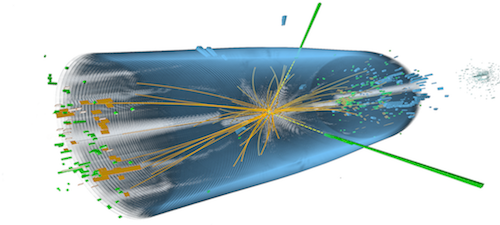

| Login |
| Description | Speaker: Tomi Akindele, LLNL Topic: Antineutrinos as a Nuclear Safeguards Tool Host: Svoboda Zoom: Robert C Svoboda is inviting you to a scheduled Zoom meeting. Topic: DENS/HEP/NP Seminar Time: Nov 10, 2020 04:00 PM Pacific Time (US and Canada) Join Zoom Meeting https://ucdavis.zoom.us/j/110677911?pwd=TEVvazVWTkh6U0ovUUVqb21QT3VyZz09 To date, antineutrino experiments built for the purpose of demonstrating a nonproliferation capability have typically employed organic scintillator, and been situated as close to the core as possible - typically a few meters to tens of meters distant, and have not exceeded a few tons in size. One problem with this approach is that proximity to the reactor core requires accommodation by the host facility. Water Cherenkov detectors located offsite, at distances of a few kilometers or greater, may facilitate non-intrusive monitoring and verification of reactor activities over a large area. As the standoff distance increases, the detector target mass must scale accordingly. This talk quantifies the degree to which a kiloton-scale gadolinium-doped water Cherenkov detector can exclude the existence of undeclared reactors within a specified radial distance, and remotely detect the presence of a hidden reactor in the presence of declared reactors, by verifying the operational power and standoff distance. A Feldman-Cousins based likelihood analysis was used to quantify the detector's ability to exclude the existence of undeclared reactors. A 1-kton scale Water Cherenkov detector can exclude gigawatt-scale nuclear reactors up to tens of kilometers. When attempting to identify the specific location of a reactor, the detector response and analysis cannot delineate between the reactor power and baseline. |
| Date | Tue, November 10, 2020 |
| Time | 4:10pm-5:10pm PST |
| Duration | 1 hour |
| Access | Public |
| Created by | High-Energy Seminars |
| Updated | Mon, November 9, 2020 7:22am PST |